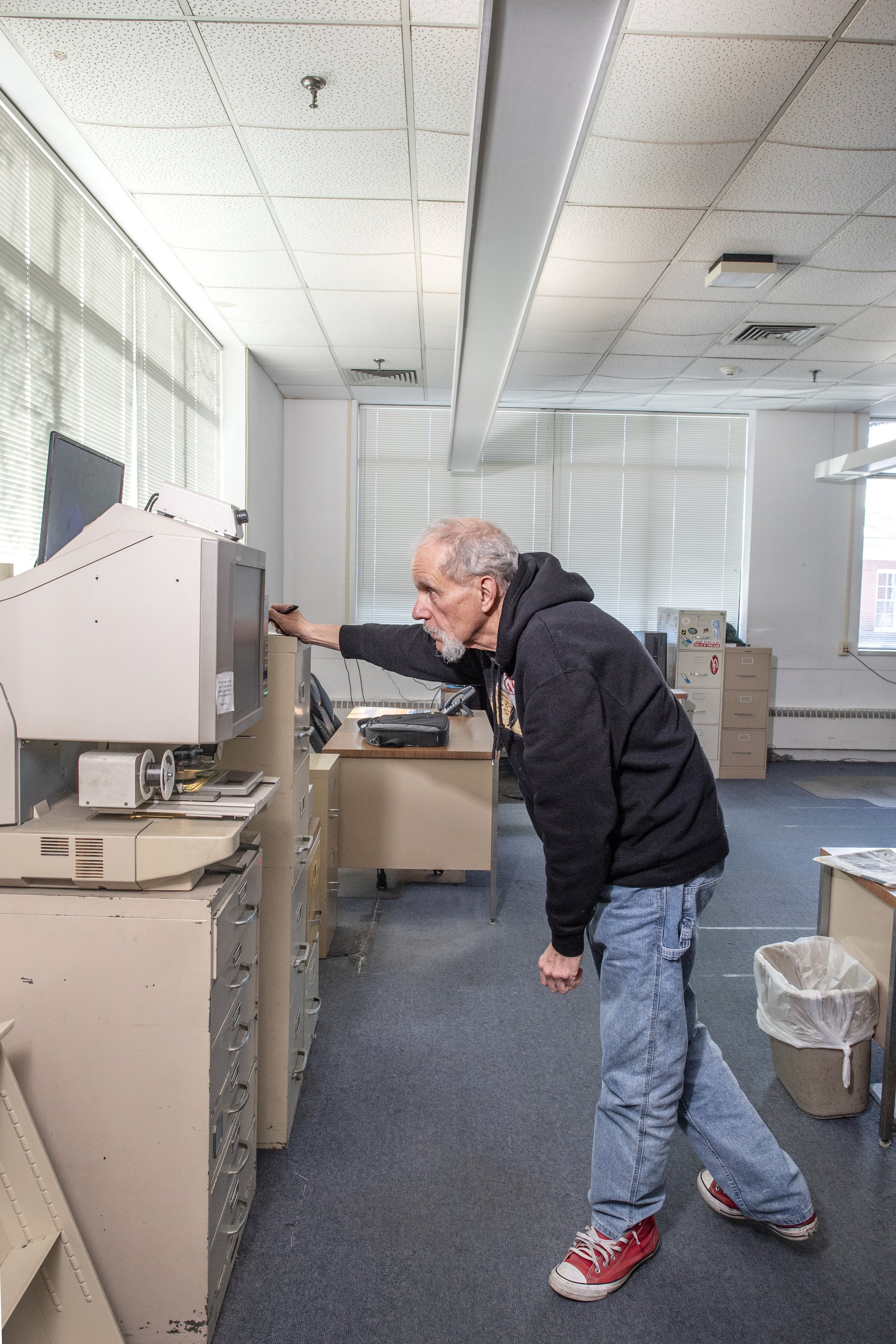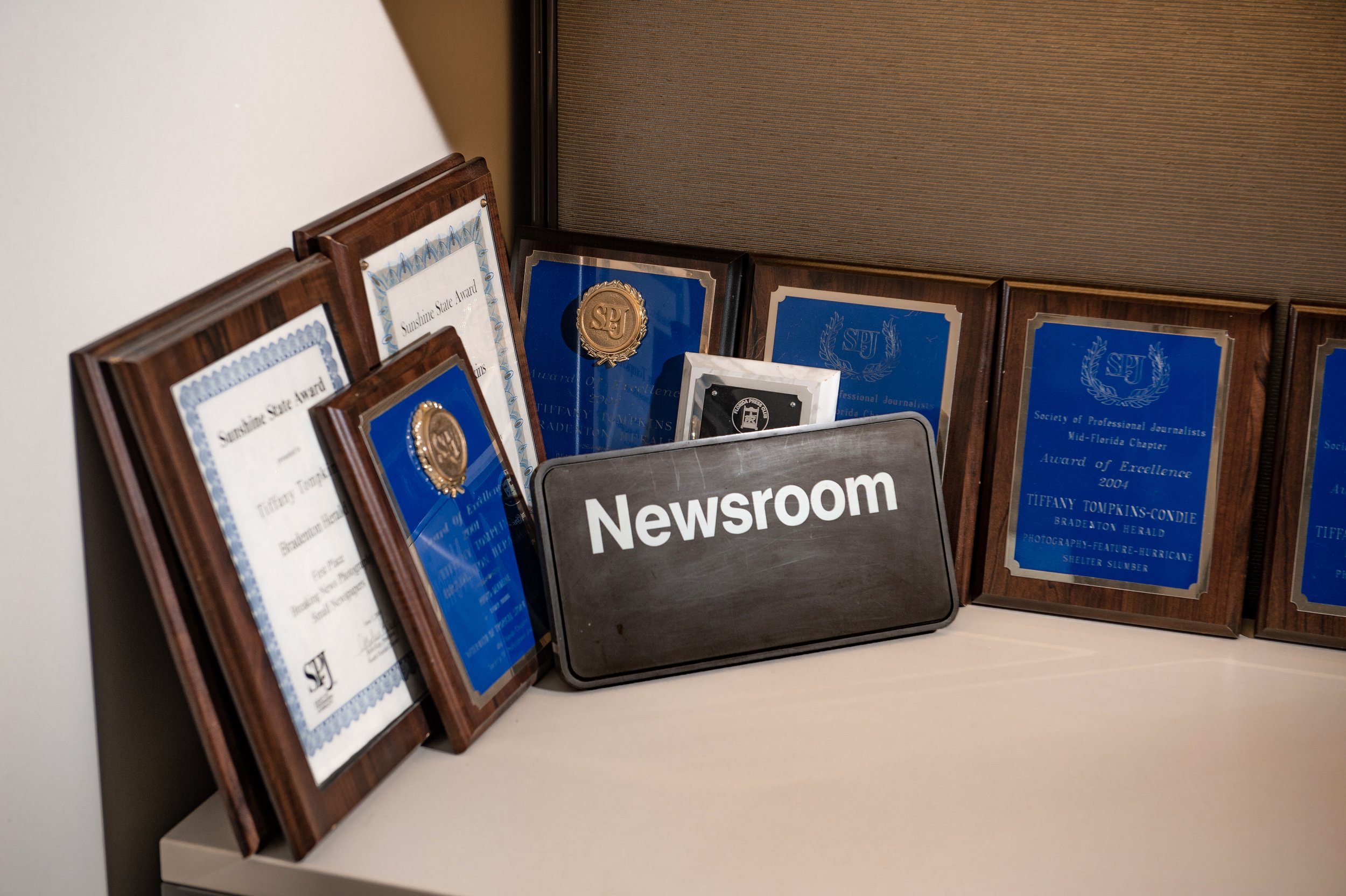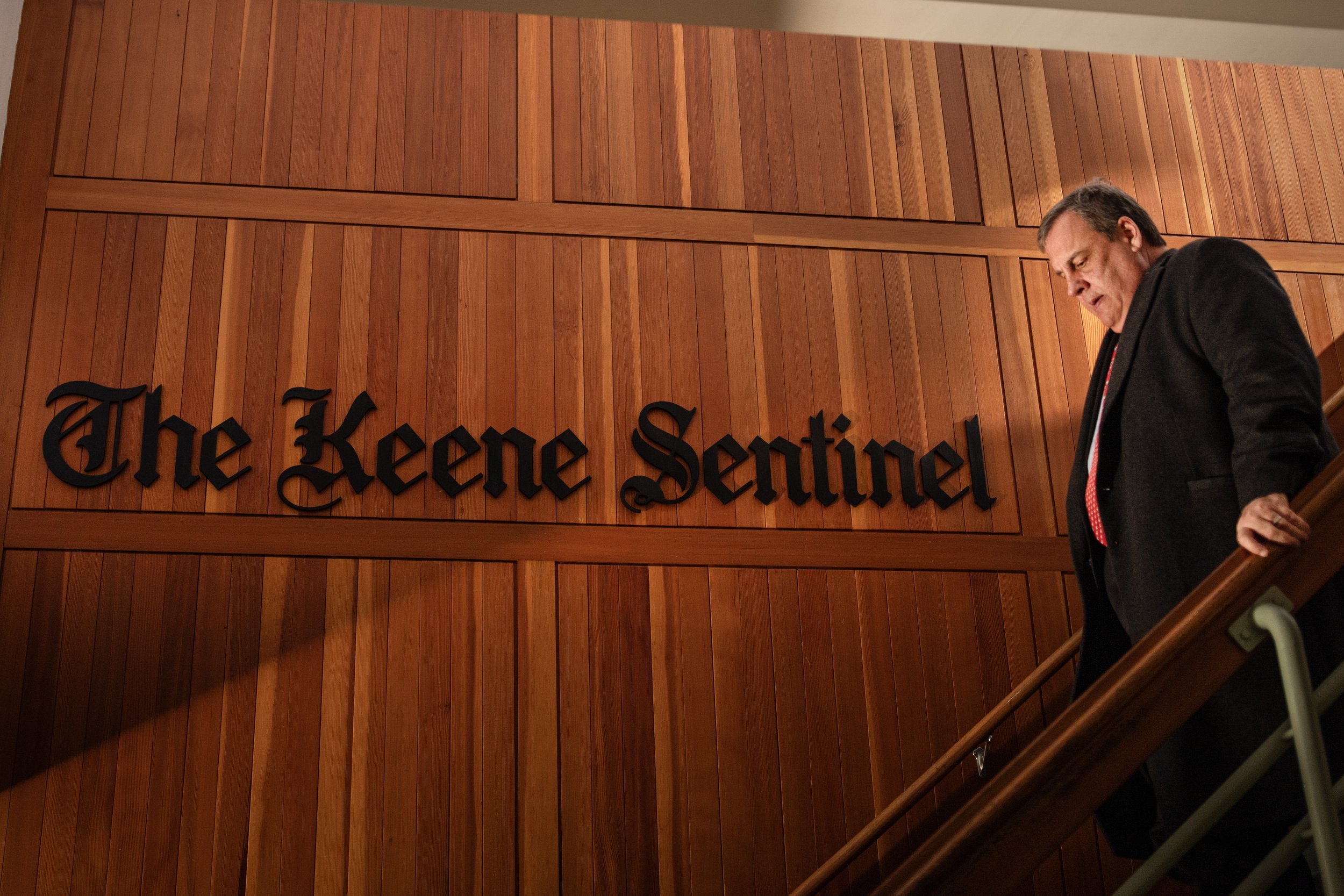Local Newsrooms
Over 2,000 local newspapers have shuttered since 2005, leaving many communities as complete news deserts. In their place is an information landscape of nationalized, and increasingly partisan, news that is ripe for bias and misinformation. Without robust local watchdogs to engage communities, government spending goes up, damaging social media rumors go largely unchecked, and city council and school board meetings take place without witness or scrutiny.
The rise of “fake news” rhetoric fueled public distrust in the media, a feeling rooted, and not without reason, in the perception of journalists as elitists out of touch with rural and suburban communities. But on the local level in news, this couldn’t be further from the truth. The journalists who keep local newspapers running are often born and raised in the towns they cover, and shop in the same grocery stores as the police officers they report on. These reporters and editors strive to be as relevant as possible in their coverage, but have seen their humble institutions decimated by an unforgiving economic model.
“It's still scary just to look around and see how many news deserts there are and how many small communities lose their paper, but we just try to be as local as possible so we make ourselves indispensable,” said Connor Raborn, editor of The Hammond Daily Star.
I’ve been working in newsrooms for over 15 years, and I have a lot of respect for these endangered institutions. To highlight the importance of local news and the scrappy dedication of these often underpaid and overworked staff, as well as the realities of the steep challenges they face in an informational world dominated by hyperbolic cable news and a workforce that is critically lacking in racial and ethnic diversity, I’ve been documenting newsrooms across the country. From Alaska to Florida, I’ve captured the coffee-stained carpets and harried staff that make up the institutions that bring small communities the news.
With a growing catalog of images, video and interviews, I’m working to create a visual story of regional and national relevance. I plan to display some of this work in small town libraries, and similar spaces to make local newsrooms more visible in their neighborhoods. My goal is to use this work to engage communities in the search of and support for trusted local news while at the same time raising the importance of this issue to a national audience that may not have fully realized what has already been lost, and what is at stake.


























































